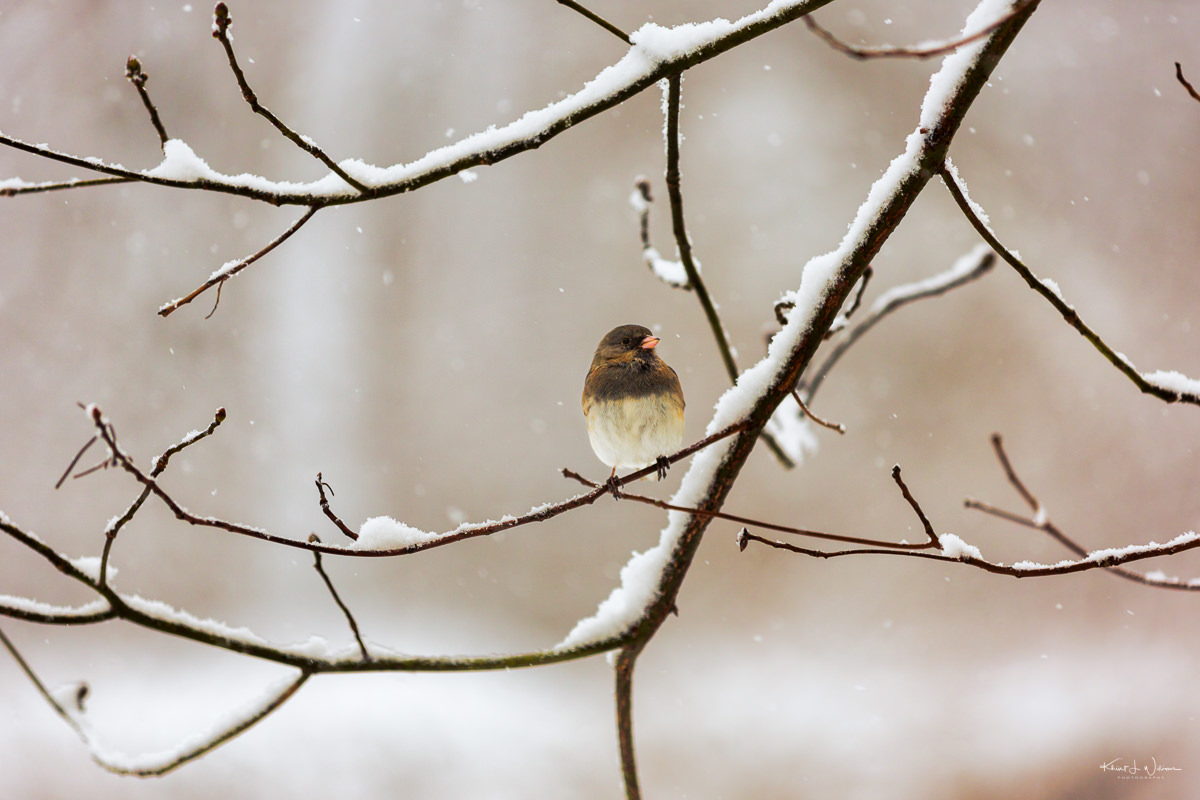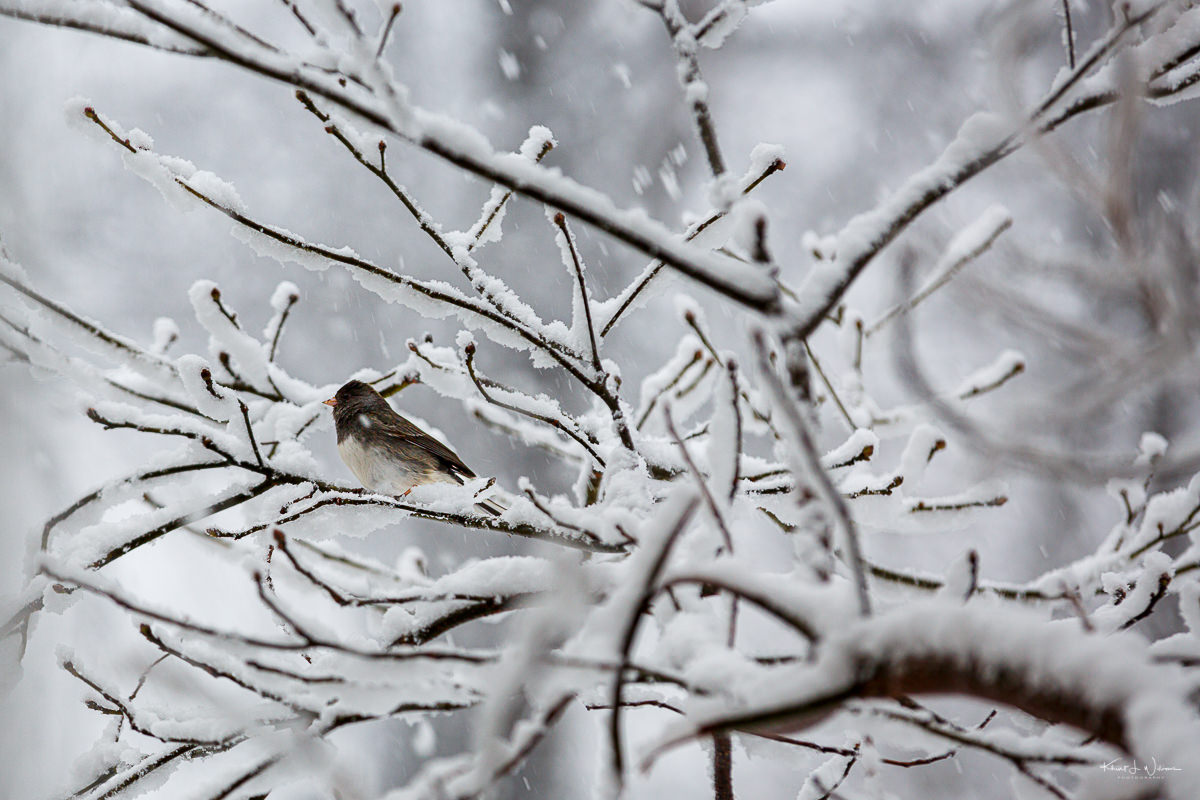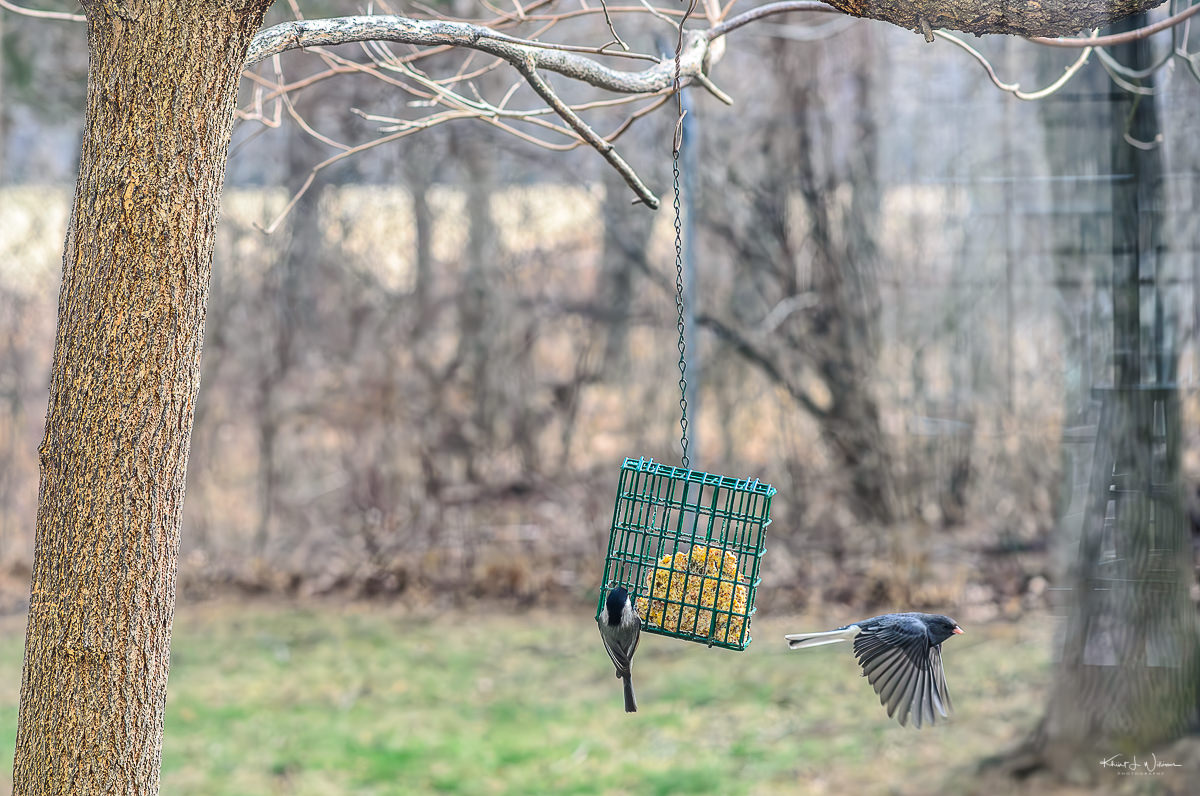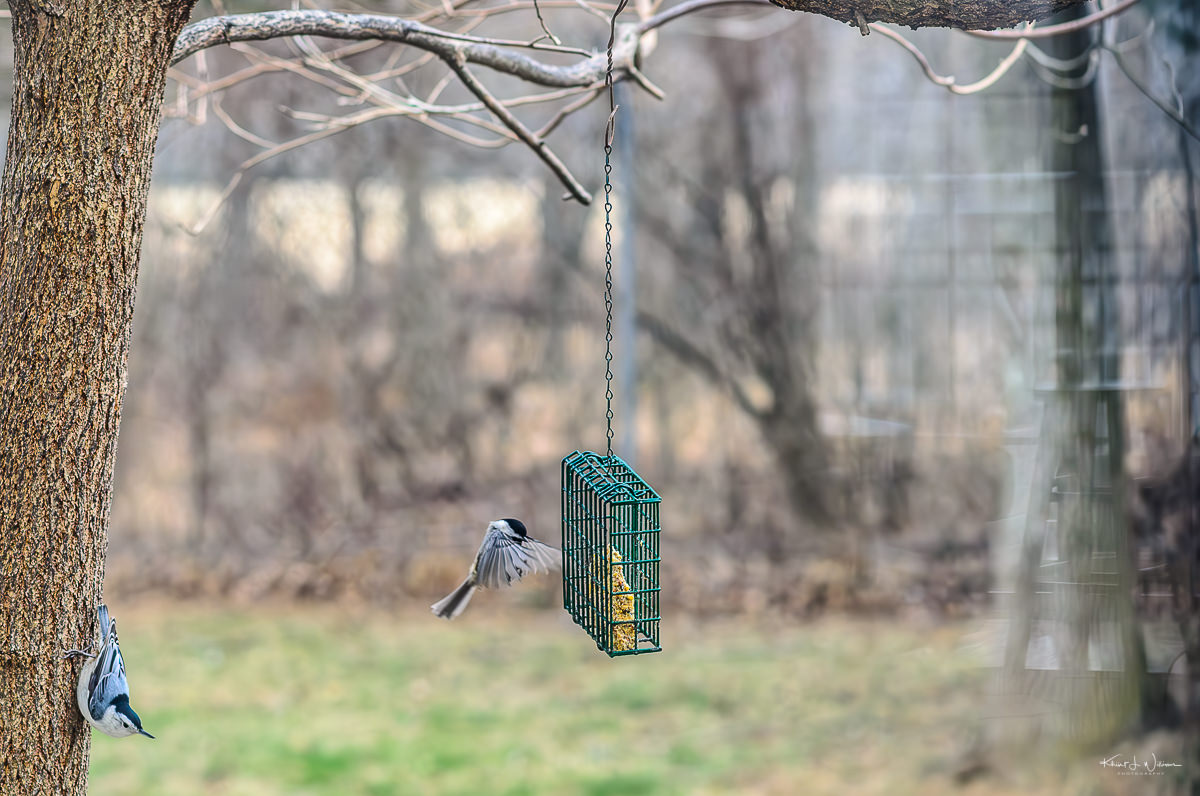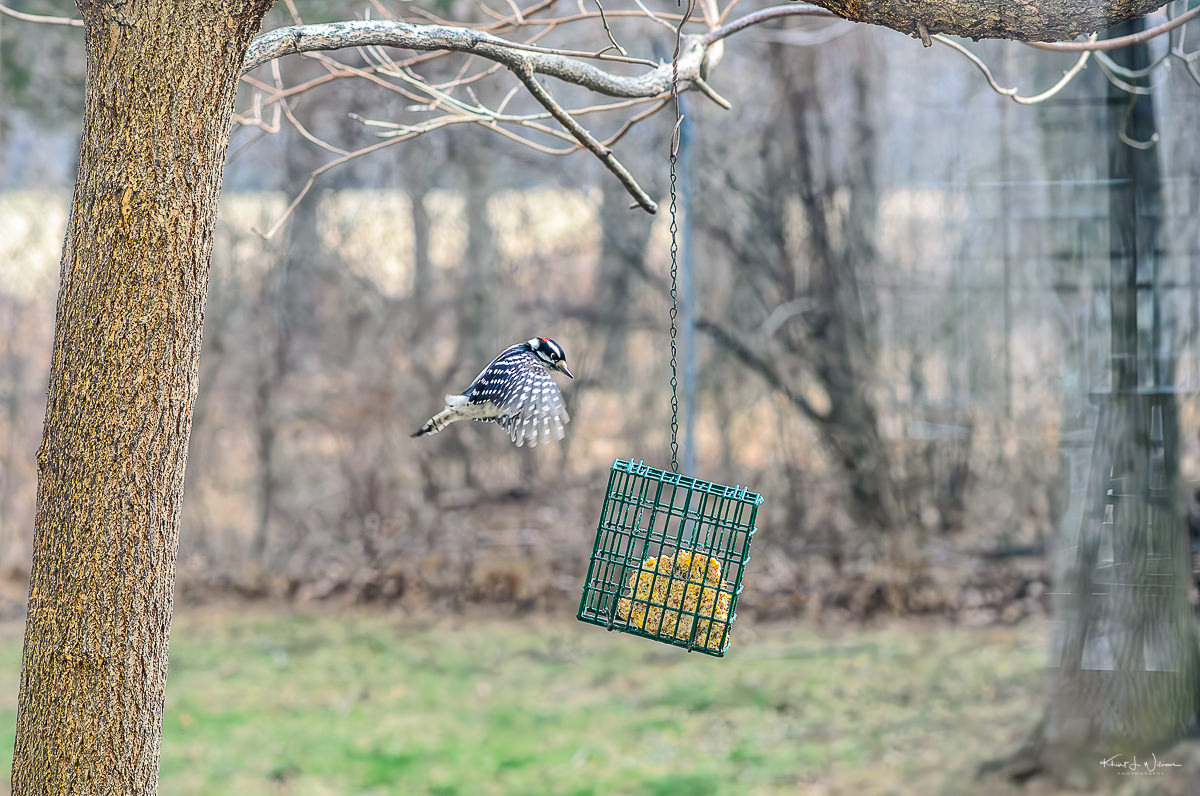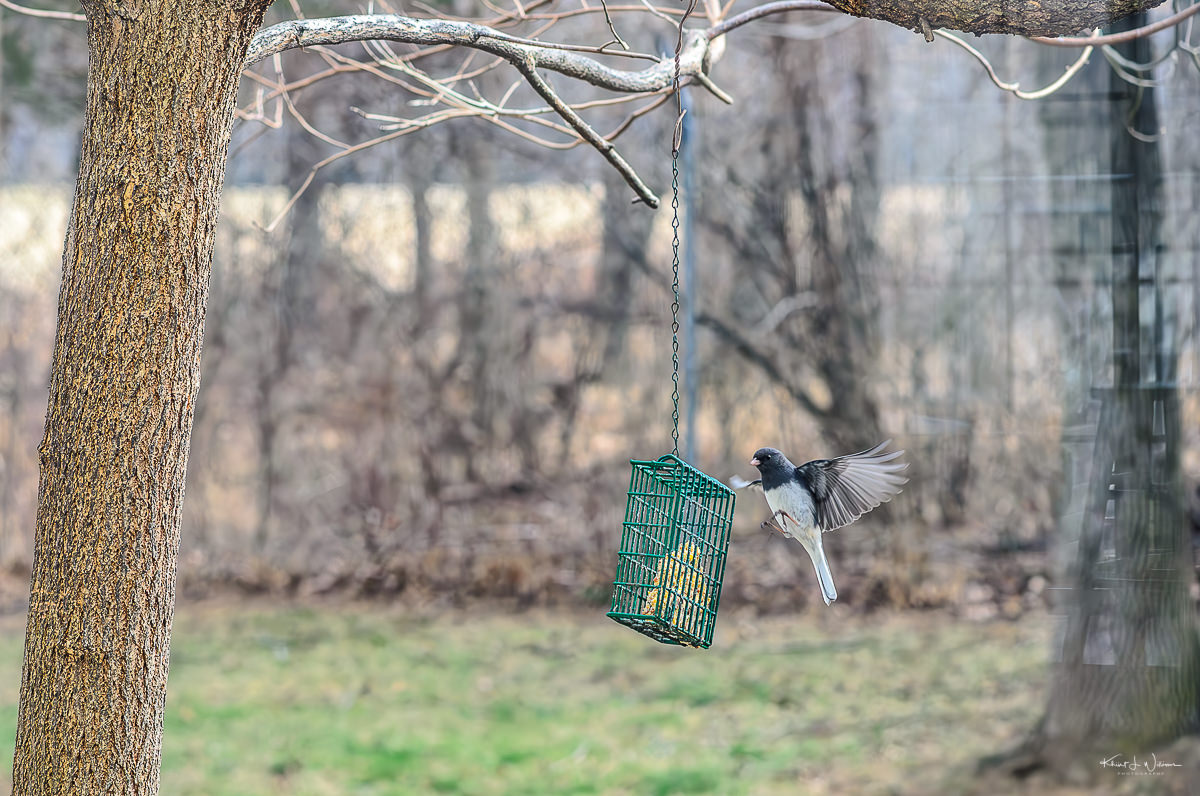Outside the kitchen window in the barren branches of the sassafras tree, I saw a dark, Dark-eyed Junco (Junco hyemalis), a small, greyish American sparrow known for its striking appearance and adaptability. As the chill of the house filled my bones, I felt a bit of pity for the bird. But as I read up on the Dark-eyed Junco, I realised that I needn't have worried.
Commonly referred to as "snowbirds," Dark-eyed Junco are perhaps best known for their sudden arrival in backyards across North America, foreshadowing the onset of winter. With a slate-grey head and back contrasting against a white belly, the males are slightly more colourful than the females.
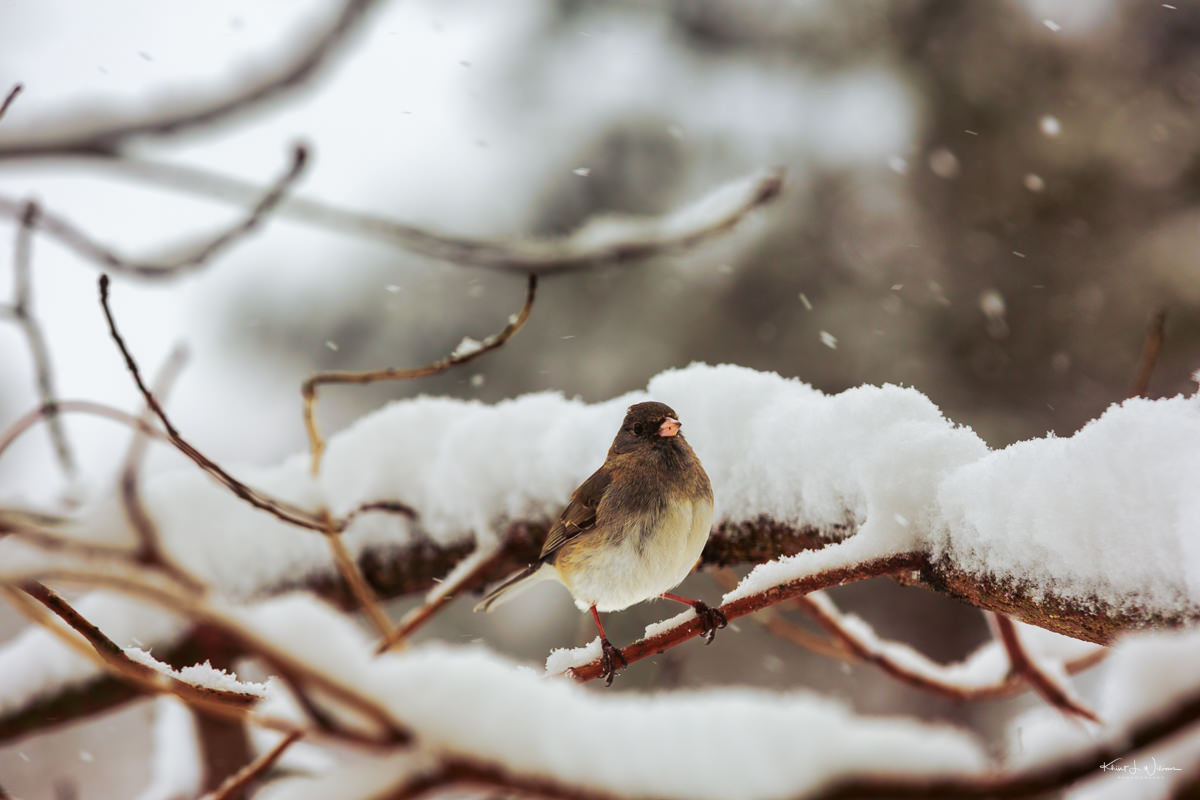
Juncos are ground feeders, often spotted hopping on the earth or snow, foraging for seeds, insects, and berries. They have a short, stout beak adapted to their granivorous diet but will also eat insects during the breeding season.
Their habitat is versatile, ranging from forests to suburban areas. During the breeding season, they prefer coniferous or mixed forests in northern and mountainous regions, migrating to lower elevations and more southerly latitudes in winter.
Social birds, Juncos, often feed in flocks and are a common sight at feeders1.
Dark-eyed Juncos have several regional variations or subspecies, differing mainly in colour and distribution. Despite habitat changes and climate challenges, they remain one of North America's most abundant forest birds, with a conservation status of "Least Concern."
- I have a small suet feeder hanging from a tree branch. ↩
